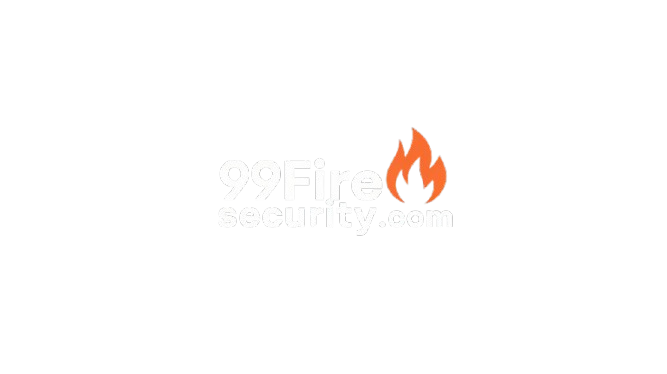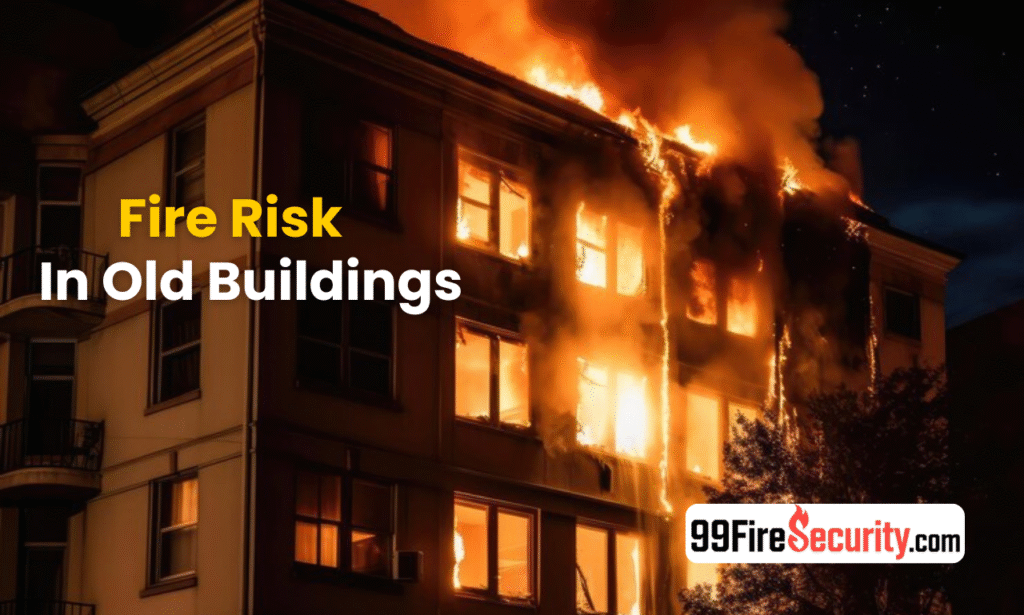Older buildings are often in poor condition but are more prone to fire. Wiring is outdated, materials are flimsy and safety devices are missing. Combining all these things increases the risk of fire. Ignoring fire safety is a serious hazard. Every landlord, tenant or owner should know this. Fire hazard is not just a matter of loss it is also a matter of life.
Therefore proper inspection is necessary before living in or renting an old building. Awareness and action are critical to fire safety. The strength of the old structure weakens. Fire spreads easily. The escape route is restricted. Old paints and woods catch fire quickly. In such a place if safety devices are not available no harm can be done. This article will tell you what the risks are and how to fix them. Every point is simple so every user can easily understand. Now every landlord and tenant should remember these rules to avoid any buildings
Danger of old wiring
If the wiring is old, there is a higher risk of fire. Old wires generate heat. It looks like the plastic is melting. Sparks can start a fire. Old plugs or sockets also pose a risk. Wires exposed to contact pose a hazard. If the fuse is old or the breaker keeps tripping, this is also a sign. A fire occurs when wires are o buildings.
Applying a fridge AC or heater heats up the wire. Inspection is essential. Every two years the wiring is checked by a certified electrician. Replacing wires is expensive but not over a lifetime. Avoid old extension leads or multiple plug boards. These things are a source of short circuit. Electric load should be under control. A fire door or alarm must be wired to operate. Fire safety is incomplete without proper wiring. Whether renter or owner, everyone should follow the electric check system.
Fire extinguishers are used
Fire hazards in old buildings
Older buildings often have wooden floors that rot quickly. Old paint is also flammable. Synthetic furniture and curtains are prone to fire and fail faster and also produce more smoke. Storage areas are littered with papers, cartons and old items that become fuel for fires. Cleaning and inspection of all these items is essential. Flammable items should be kept to a minimum or kept in a buildings.

Cooking and Fuel-Related Risk Factors
Grease and oil in the kitchen are a fire hazard. Gas cylinders are prone to explosion if old or leaking. Paint, thinner and fuel should be kept in airtight containers. Open storage of flammable materials is dangerous. A fire extinguisher should be in every kitchen and everyone should learn to use it.
Constructive protective measures
Fireproof doors can prevent fire from falling. The fire rating of foam-based insulation should be checked. Adequate ventilation is required to prevent fumes. An emergency exit must always be open and clear. Cluttered stairs and storage make escape difficult.
Records and Management of Combustibles
Records of each flammable item must be maintained and updated. They should be evaluated according to the fire rating. The safety plan should also be followed. Regular inspections, fire drills and clear guidelines keep logs alert and take appropriate action in case of an buildings.
Importance of fire safety systems
A smoke alarm gives the first signal of fire. Older buildings often do not have this device. There should be smoke detectors on every floor. Fire extinguishers should be accessible in each zone. Smoke sensors are installed in the staircase and kitchen. Fire drills should be done buildings . He tells the people about the escape buildings.
Emergency exits should be clearly marked. A water hose or sprinkler system is helpful. Upgrades required per building code. The fire alarm system must be connected to the battery or main line. There should also be a backup system in case of powe buildings . Expiration of each device should be checked. Fireproof cabinets are essential for documents. Fire signs and escape maps are instantly visible. Tenant education is also part of fire safety. Maintain a fire log. The fire system should be tested monthly. If it doesn’t help change it. Just putting it on doesn’t provide any protection. Usage and maintenance are equally important.

Legal and insurance coverage
Every property should have fire insurance. This coverage protects you from loss. The insurance company needs complete records of the old building. Inspection reports and upgrade details are also required. If a fire breaks out and safety measures are not followed the claim may be rejected. Therefore there is a need to take precautionary measures. The landlord should include a fire safety clause in the contract.
Tenants must be aware of fire tools. If there is damage caused by fire there may be a fine or even a lawsuit. A fire audit report should be prepared. Records of building permits and renovations should also be kept. If the system is outdated the tenant must be notified. Every city has different fire regulations. But the minimum standard applies to all. A written fire drill in a legal document. Keep insurance up to date and fire safety upgrades too. A proactive approach is essential to avoid legal action.
Conclusion
Living in or renting an old building can be dangerous if there is no fire safety plan in place. You have learned to be proactive. Fire hazards are caused by old wiring, combustible materials and missing safety systems. This article isn’t just a guide, it’s a checklist. Every landlord should have two buildings.
Educate the tenant. Conduct a fire audit and take appropriate insurance. Installing a smoke alarm and extinguisher is an easy step. Planning an escape route is very important. Fire safety is not a one time job. This is a regular process. The test should be done every month. Keep records updated. Paper evidence should always be on file. Staying buildings from fire is not difficult if you are serious. Awareness and action create buildings for everyone. Start fire testing your building today. Protect your life and that of your friends.


